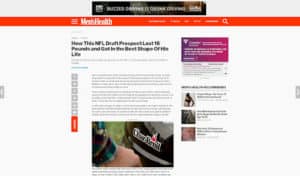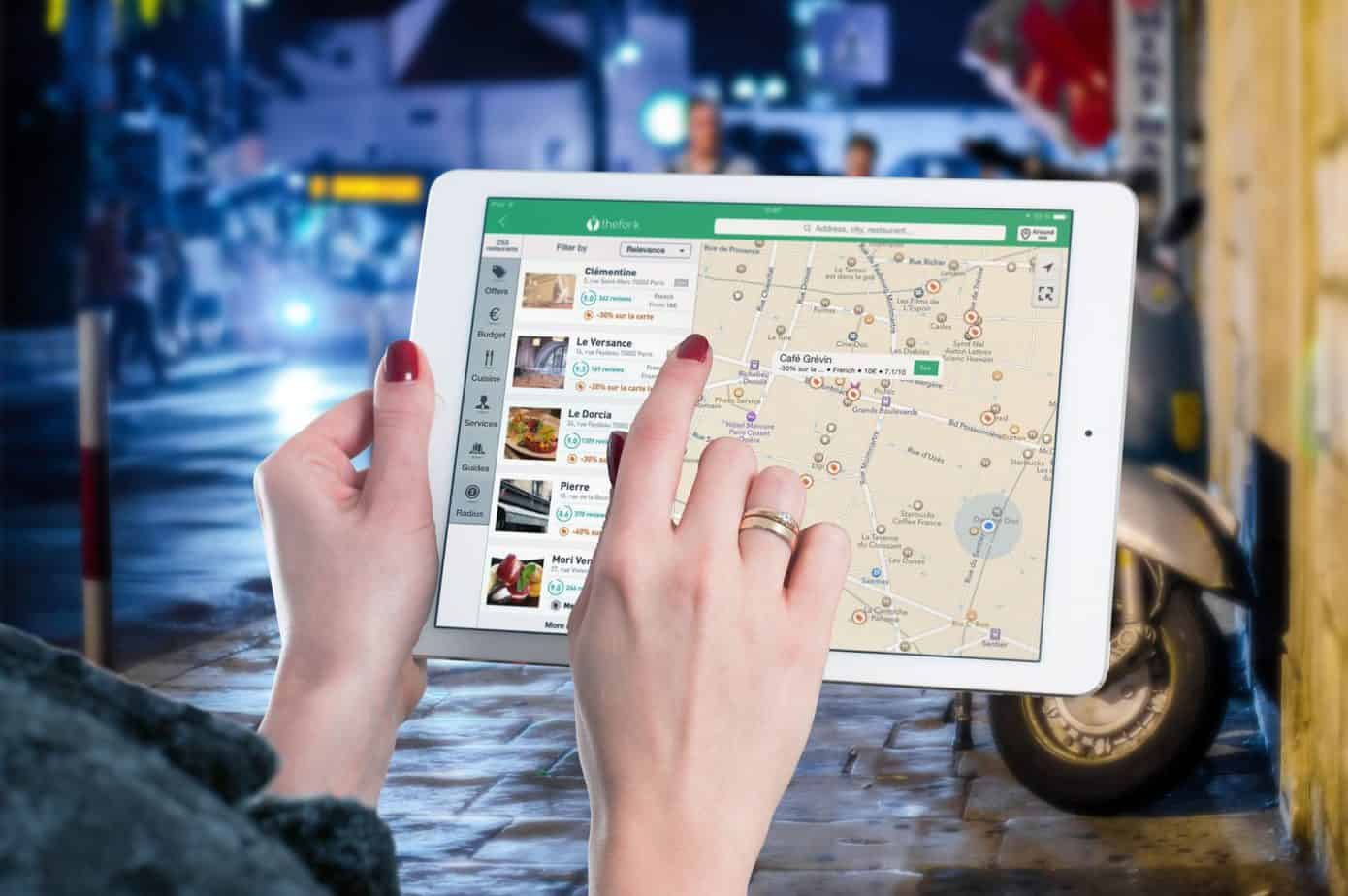As marketers, we all know the importance of landing on the first page, ideally within the first five spots, of a search engine results page (SERP). Moz found that 71% of search traffic clicks on Google come from the first page of results, while some estimates say that is as high as 92%. Either way, you want to be at the top (literally!).
To ensure your company is hitting the top results, you may already have a search engine optimization strategy in place. However, suppose you’re looking to expand your digital advertising portfolio. In that case, paid search advertising is another great tool to ensure that when consumers are browsing the web, they see your brand first.
What is paid search marketing?
Paid Search Market gives advertisers the ability to market their product or service across the entire Google & Microsoft ecosystem using powerful audience and keyword intent signals. Search is the most direct response and transaction-oriented advertising channel powered by advanced algorithms and machine learning solutions.
At Digilant, we understand that search doesn’t just happen on Google, instead is happens across the entire customer journey experience, which is why our paid search solutions span across four major categories:
1. Search
Search ads are the results displayed at the top of a search page, denoted with the word “ad” next to them. These are ads relevant to the content that the consumer is already browsing and looking to interact with. They are intent-driven and based on keywords, so they are great for driving conversions and revenue.

2. App Installs
App install paid search advertising is an intent-driven campaign to contextually target users in order to drive app installs on iOS & Android. They allow consumers to download your app from the Google Play or Apple App store directly from the ad itself.

3. Shopping
Paid search via shopping ads are keyword-based shopping campaigns that will promote your online and local inventory, boost traffic to your website, Amazon store, or local store, and find better-qualified leads.
Digilant’s best practices for using Shopping Ads
- Competitive conquesting
- Find local shoppers
- Drive users to your site instead of 3rd party sites
- Highlight sales/promotions

4. Display, Native, and Video
Paid search can expand into display, native, and video with visually-driven advertising based on contextual and affinity targeting. This allows advertisers to drive awareness and reach across display, video, and native.

4 Ways Search can complement the programmatic display
As mentioned above, paid search complements your team’s SEO efforts wonderfully. Still, in the world of omnichannel customer journeys, all digital advertising efforts must work together to streamline and improve the customer experience.
So if you’re already investing in programmatic advertising, you may be worried that paid search efforts will be duplicative or creates silos in your customer’s journey. However, we’ve found just the opposite when using both paid search and programmatic. Their efforts complement one another sufficiently to create a better omnichannel experience for shoppers, making for a more efficient digital advertising spend.
Below we’ve outlined the top four ways paid search and programmatic complement one another:
1. Expand your media mix.
Today’s shopping journey doesn’t end when a customer exits out of a retailer’s website. Rather, consumers are browsing and buying across all forms of media – social, video, CTV, audio, and more. Advertisers need to understand that today’s consumer isn’t going to come to you, rather you need ot meet them as they browse. Any gaps in your media mix offer an opportunity for your competitor to sneak in and win that consumer’s purchase.
That’s not to say you need to be anywhere and everywhere (there is such a thing as oversaturation, even in the digital world). But you do need to be aware of where the opportunity is and ensure you’re expanding your media mix to fill that gap.
2. Offer a holistic approach.
Advertisers are experiencing stricter media budgets but are still under the same pressure to perform and prove ROI. This means that having a holistic understanding of where your media budget is being spent is more important than ever. Knowing which channel is driving which results will ensure resources are appropriately allocated. Paid search may work well for driving conversions, while programmatic display has improved your brand’s overall awareness. Having this insight across all channels ensures budgets, creative efforts, and time is spent accordingly.
3. Allow Advertiser to tell a cohesive story
Remember that saturated, competitive market I mentioned previously? With more competition and savvier shoppers, creating the customer experience consumers want is essential. Knowing what your consumer clicked on in a Facebook ad allows you to better target them with the same or similar products and offers across other channels, like paid search.
Without a multichannel approach, you’re lessening your opportunity to move the customer down the funnel and also missing out on valuable impressions and data.
4. Easier to Optimize
The more data, the better. This adage perfectly sums up why programmatic and paid search work so well together. The more you know and understand about your consumer, the better conversations and interactions you can have. You can optimize towards channels they’re on during certain times of day, you can ensure your messaging is reaching the right audience on the right channel.
Why paid Search with Digilant
By working with Digilant, you are getting an expert team that knows the ins and outs of the search ecosystem. We pride ourselves on staying up to date with the newest technologies and solutions, so our team has weekly calls with each platform to talk about the latest updates, campaigns, and troubleshooting.
At Digilant, we act as an extension of your team to reach your search goals. Our Paid Search team will provide a strategy based on your campaign goals and objectives to ensure you are on the right platforms to reach your goals. When working with Digilant, you receive:
- Preferred Google partnership
- Eliminate channel siloes and inefficiencies
- Fluid budgets
- Transparent fee structure
- Holistic reporting with superior customer service
Interested in learning more about our paid search solutions? We’re eager to talk about how we can help achieve your marketing goals. Let’s talk!

